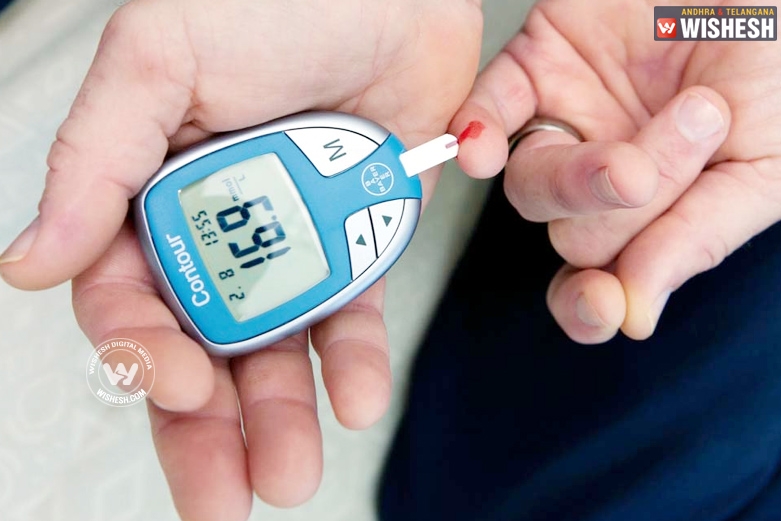
Type 2 diabetic patients can reduce the risk of a heart attack, stroke, heart failure by keeping blood sugar levels under good control for many years. But the researchers also suggest that this condition is achieved only if low blood pressure and cholesterol levels are maintained along with blood sugar.
The A1C test is an important tool in diabetes management. This blood test estimates a person's average blood sugar levels for the past two or three months. A normal A1C for someone without diabetes is below 5.7, according to the American Diabetes Association. Prediabetes ranges from an A1C of 5.7 to 6.4, and diabetes is usually diagnosed when the A1C is 6.5 and above, according to the diabetes association. In general, the diabetes association guidelines recommend an A1C of 7 or lower.
The researchers collected data from nearly 1, 800 people enrolled in the Veterans Affairs Diabetes Trial. In that trial, people with type 2 diabetes were randomly assigned to have their blood sugar strictly controlled or not as tightly controlled. The A1C in the intensive blood sugar control group was 6.9, on average. For those on standard care, the A1C average was 8.4, according to the study.
From this study, the researchers noticed that, subjects who had their blood sugar strictly controlled had a significantly lower risk of heart attack, stroke, new or worsening heart failure, or amputation of feet or legs, compared with people whose blood sugar wasn't as strictly controlled.
Deaths from heart problems or other causes, however, were not reduced with strict blood sugar control, the researchers noted.
"This finding reinforces the importance of combining good blood sugar control with control of other cardiovascular risk factors for a combined effect, especially controlling cholesterol and blood pressure," Hayward said.
The new report was published in the June 4 issue of the New England Journal of Medicine.
By Lizitha













